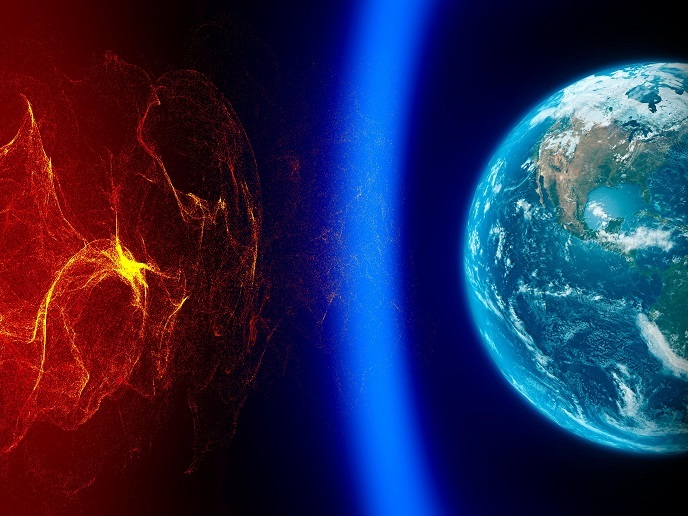“Fibre in the sky” gets closer to TRL 5
As surprising as it may sound in 2020, there are still some remote areas in the world where you can travel and have no Internet connection whatsoever. But things are changing fast. Whilst the first generation of High Throughput Satellites (HTS) launched over the past decade were met with lukewarm success in Europe and North America due to their high latency, limited capacity and high cost, LEO satellite constellations already show much more promise. Using hundreds of satellites placed in LEO/MEO orbits and costing less than EUR 1 million per unit, LEO constellations use commercial off-the-shelf components to reduce cost. The only counterpart of that approach is a limited lifespan, as these components are not designed for use in space. Next in R&D line are satellites constellations with OISLs (even optical feeder links). “In a constellation with OISL, satellites become the nodes of a meshed flying optical network connected by radio frequency to users and to the internet network via gateways,” explains Karen Ravel, project manager at Sodern and coordinator of the SODaH project. The SODaH consortium refers to this system as ‘fibre in the sky’ and has been developing technologies to streamline it with support under Horizon 2020. Several key enablers of this technology already exist and are considered as sufficiently mature for high-end applications. OISL communication between satellites can be processed in laser communication terminals, the on-board digital processor and the radio frequency receiver. But as satellite constellations typically consist of smaller and cheaper satellites that need to be more versatile and reconfigurable, there are still important gaps to be filled. New concepts of payloads – acting as RF/Photonic converters and routers – have yet to be developed. “To meet these requirements we have been focusing on the development of a Photonic Modulation Routing and Digitalisation (P_MRD) Unit. The P_MRD acts as the interface between the satellites’ OISLs (typically four per satellite) and the payload digital processor (connected to end users and gateways via RF antennas). It is key to enable flexibility, efficient routing, redundancy, and advanced multiplexing of signals,” says Ravel. The SODaH project has been developing such a P_MRD Unit since the end of 2018 with a view to making it ready for future generations of constellations as soon as 2025. The project has already reached its first milestone, which consisted in meeting four design objectives: investigating the performance of candidate constellations; identifying payload architecture to achieve the required throughput; deriving the optical sub equipment specifications for iteration and finalisation; and establishing a test plan to characterise the payload demonstrator at system level. In fact, another key milestone is now within reach: the P_MRD Unit design review, which is scheduled for completion by the end of October 2020. By the time the project ends later this year, the P_MRD Unit should have reached TRL 5. From thereon, a path will be cleared towards a commercial use of satellite constellations equipped with OISLs. End users should then benefit from satellite-based 100+ Mbps connections seamlessly integrating with 5G networks, which would be of considerable interest not only for remote, unserved areas but also for moving terminals like boats and planes.







